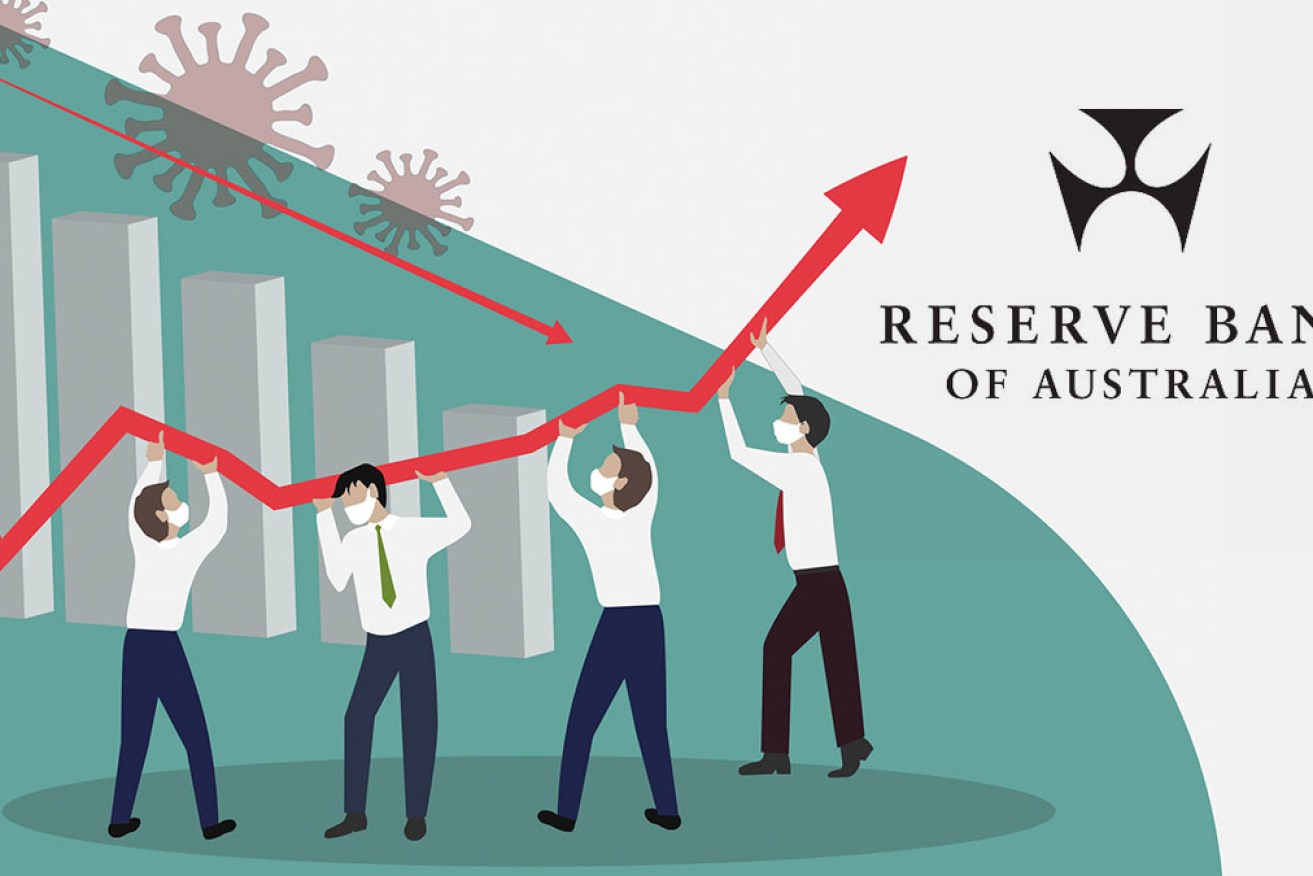RBA bets households can hold up the economy when JobKeeper ends


The RBA hopes households will hold up the economy. Photo: TND
The Reserve Bank is betting on households – not businesses – to lift Australia out of recession when JobKeeper is wound back in March.
While the government’s budget relies heavily on businesses spending in response to tax incentives, the RBA says the savings of everyday Australians will have to pick up the slack when the government tightens its purse strings and scraps the JobKeeper wage subsidy.
In its latest Statement on Monetary Policy, the RBA noted that during lockdowns the reduced capacity to spend “resulted in a very large rise in household savings” that should support spending when the government stimulus is scaled back.
Meanwhile, the RBA’s slicing of the cash rate to 0.1 per cent on Melbourne Cup Day means that savers will have less incentive to hold onto savings.
But although increased household savings during a crisis was not unusual, independent economist Stephen Koukoulas said it did not necessarily mean that consumers would spend that cash in the near future, as the RBA would hope.
“During the June quarter the household savings rate went up to 20 per cent from [6 per cent] because of the uncertainty,” he said.
“The next quarter it might drop back to 8 or 10 per cent, but people won’t start spending again until there is optimism and consumer confidence and that means job growth which we won’t necessarily see.”
Tweet from @TheNewDailyAu
Treasury Secretary Steven Kennedy on Thursday also weighed in on the recession.
He suggested household savings alone could not prop up the economy – declaring the RBA had run out of ammunition and the government needed to step up to the plate.
“Given the lack of conventional monetary support available, the recovery could falter without a strong fiscal policy response leading to years of anaemic growth,” Dr Kennedy told Australian Business Economists.
“More and more unemployment would become entrenched reducing the productive capacity of the economy.
“Lower growth also means that inflation and wages would likely remain lower for longer.”
And although the budget hung its hat on business investment, the RBA was bleak on the subject.
“Business investment contracted noticeably in the June quarter, although by less than had been expected because firms took advantage of tax incentives to pull forward equipment purchases,” it said.
“Further declines are likely in the near term; investment intentions are weak and unlikely to recover much until demand conditions have
improved.”
The RBA doesn’t expect business investment to show positive growth on a year-on-year basis until the final quarter of 2021. (See their full table of forecasts here.)
Tweet from @GitaGopinath
Green shoots
RBC Capital Markets chief economist Su-Lin Ong saw some positives in the RBA report, noting their forecasts were more optimistic than before.
The central bank upgraded its GDP forecasts for the 2020 calendar year from -6 per cent to -4 per cent and for the 12 months to June 2021 from from +4 per cent to +6 per cent.
However, Ms Ong said “excess capacity is likely to take years to absorb”.
Meanwhile, Mr Koukoulas said employment would need to be driven by investment spending from business and this seemed unlikely to be significant in the short term.
“The RBA was pessimistic on business investment and while we might see increased spending on IT equipment driven by home office demand, we aren’t going to see Qantas buying planes or a lot of new investment in shopping centres and high rise buildings in the short term,” he said.
On the brighter side, the RBA observed that “economic activity in China has continued to normalise”.
“China has so far managed to avoid a major second wave of infections and this has allowed most restrictions on domestic economic activity to be lifted,” it said.
“Economic activity is now at or above pre-pandemic levels in many sectors … led by construction-related investment and production.”
That should help Australian resource and consumer exports to China when the current trade issues are resolved.
Elsewhere during his speech, Dr Kennedy highlighted the heavy lifting done by the government so far during the pandemic.
“Since the onset of the pandemic the Commonwealth Government has provided $257 billion in direct economic support or 13 per cent of 2019-20 GDP,” he said.
“In comparison, in response to the GFC the Commonwealth Government provided $72 billion in economic stimulus or 6 per cent of 2008-09 GDP.”
In its Statement on Monetary Policy, the RBA did not explicitly call for more government spending, but observed that “the recovery in advanced economies has slowed from the initial rebound and will rely significantly on further fiscal support”.
The New Daily is owned by Industry Super Holdings









